When it comes to domestic fire safety in the UK, BS 5839 Part 6 isn’t just a technical standard—it’s the legal benchmark that ensures smoke alarms, heat detectors, and carbon monoxide (CO) devices protect your home effectively. Developed by the British Standards Institution (BSI), this standard outlines exactly what fire detection equipment UK households need, how to install it, and how to maintain it.
Whether you’re a homeowner renovating your property, a landlord preparing a rental, or a first-time buyer checking safety compliance, understanding BS 5839 Part 6 is non-negotiable. This guide breaks down its key requirements, who must follow it, and how to ensure your home meets every detail.
What Is BS 5839 Part 6, and Why Does It Matter?
BS 5839 Part 6 is the UK’s national standard for fire detection and fire alarm systems in domestic premises. First published in 2004 and updated most recently in 2019, it was created to address inconsistencies in home fire safety—before its introduction, households used a mix of unregulated devices that often failed to detect fires early or trigger alerts effectively.
Today, compliance with BS 5839 Part 6 is:
- Legally required for most UK homes: While England, Scotland, Wales, and Northern Ireland have slight variations in enforcement, all nations mandate that domestic fire safety equipment meets this standard.
- A safety necessity: Homes with BS 5839 Part 6-compliant systems are 3x more likely to detect fires in their early stages, giving occupants more time to escape (per data from the UK Fire and Rescue Services).
- A requirement for landlords: Private and social landlords must install BS 5839 Part 6-compliant alarms in rental properties—failure to do so can result in fines of up to £30,000.
Key Requirements of BS 5839 Part 6
The standard is detailed, but its core rules focus on four areas: what equipment you need, where to install it, how it must connect, and how to maintain it. Below is a breakdown of the most critical requirements for typical UK homes.
1. Mandatory Equipment: What You Must Install
BS 5839 Part 6 categorizes UK homes into “Grade D” (single-family dwellings, flats) and “Grade F” (small shared houses), but the basic equipment list applies to most households:
-
Smoke alarms: Required in every circulation space (e.g., hallways, landings) on each floor of the home. You must also install at least one smoke alarm in the main living area (e.g., living room, open-plan kitchen-living space) where people spend the most time.
- The standard specifies that smoke alarms must use either photoelectric sensors (best for slow-burning fires like smoldering cushions) or ionization sensors (best for fast-flaming fires like candle blazes). Dual-sensor models (which use both technologies) are recommended for maximum coverage.
- Heat alarms: Mandatory in kitchens and garages. Smoke alarms here trigger false alerts from cooking steam or garage fumes, so heat alarms— which activate when temperatures reach 58°C (the threshold for real fire risk)—are required instead.
- Carbon monoxide (CO) alarms: Required in any room with a fuel-burning appliance (e.g., gas boilers, wood-burning stoves, oil heaters) or a solid fuel fire. CO alarms must be certified to BS EN 50291 (the UK standard for CO detection).
2. Installation Rules: Where and How to Fit Devices
BS 5839 Part 6 is strict about placement—even the best alarm won’t work if it’s installed incorrectly:
- Smoke alarms: Must be mounted on ceilings (smoke rises, so ceiling placement ensures early detection). They must be at least 30cm away from walls, lights, vents, or curtains to avoid air currents or dust interfering with sensors.
- Heat alarms: In kitchens, install at least 3 meters from cooking appliances (e.g., hobs, ovens) to avoid steam triggers. In garages, mount near the ceiling but away from direct sunlight or drafty areas.
- CO alarms: Install at breathing height (1–3 meters from the floor) in rooms with fuel-burning appliances. Never mount them directly above appliances (CO is lighter than air and spreads horizontally) or in bathrooms/kitchens where humidity or steam could damage them.
-
Wiring and power: Alarms can be battery-powered, mains-powered (with a backup battery), or wireless. Mains-powered systems must be installed by a qualified electrician (to BS 7671 wiring standards), while battery-powered models must use either:
- Replaceable alkaline batteries (changed every 6 months), or
- Sealed lithium batteries (last at least 10 years—preferred by the standard for minimal maintenance).
3. Interlinking: A Critical Safety Feature
One of BS 5839 Part 6’s most important requirements is interlinking—all smoke and heat alarms in the home must be connected so that if one detects a hazard, all alarms sound simultaneously. This is non-negotiable for:
- Multi-story homes (where smoke on the ground floor might not reach upstairs occupants in time).
- Flats (where interlinking ensures alerts are heard even if the fire starts in a different room).
Interlinking can be done in two ways, both compliant with the standard:
- Hardwired interlinking: Alarms connect via electrical wiring (common in new builds or homes with mains-powered systems).
- Wireless interlinking: Alarms communicate via radio frequency (868 MHz, the UK-approved frequency for fire safety devices)—ideal for existing homes, as no rewiring is needed.
4. Maintenance and Testing: Keeping Alarms Functional
BS 5839 Part 6 doesn’t stop at installation—it requires regular maintenance to ensure alarms work when needed:
- Weekly testing: Press the “test” button on each alarm every week. All interlinked alarms should sound; if not, replace the battery or repair the device immediately.
- Battery replacement: For replaceable batteries, swap them every 6 months (the standard recommends linking this to daylight saving time changes). For sealed lithium batteries, replace the entire alarm after 10 years.
- Device replacement: All smoke, heat, and CO alarms must be replaced after 10 years from their manufacture date (sensors degrade over time, even if the battery works).
- Cleaning: Vacuum alarm vents every 3 months to remove dust, cobwebs, or pet hair—buildup can block sensors and cause false alarms or missed detections.
Who Must Comply with BS 5839 Part 6?
The standard applies to all UK domestic premises, but responsibility varies by property type:
- Homeowners: Fully responsible for installing, testing, and maintaining BS 5839 Part 6-compliant alarms in owner-occupied homes.
- Landlords: Must fit compliant alarms before a tenant moves in, test them annually, and replace any faulty devices. Tenants must report broken alarms within 24 hours.
- Property developers: New builds must have BS 5839 Part 6-compliant systems installed before completion—local councils check this during building control inspections.
- Social housing providers: Councils and housing associations must ensure all their properties meet the standard, with regular inspections and upgrades.
Common Myths About BS 5839 Part 6
Let’s debunk misconceptions that lead to non-compliance:
- “I only need one smoke alarm for a small flat.” No—BS 5839 Part 6 requires at least one smoke alarm in the main living area and one in the hallway/landing (even for studios).
- “Wireless alarms aren’t compliant.” False—wireless interlinking is fully approved by the standard, as long as alarms use the 868 MHz frequency.
- “CO alarms need to be interlinked with smoke alarms.” No—BS 5839 Part 6 only requires CO alarms to be standalone devices (though interlinking them is allowed for extra safety).
- “Old alarms are fine if they still beep.” No—alarms over 10 years old fail to meet the standard, even if they test correctly. Sensors degrade, making them unreliable.
Wisualarm: Smoke Detectors Built for BS 5839 Part 6 Compliance
If you’re looking to upgrade your home’s fire safety to meet BS 5839 Part 6, Wisualarm’s range of smoke, heat, and CO detectors is designed to check every box—while adding convenience that fits UK lifestyles.
Here’s why Wisualarm works for UK homes:
- BS 5839 Part 6 compliant: Devices meet the standard’s requirements, from dual-sensor smoke alarms to kitchen heat detectors. They use 868 MHz wireless interlinking (no rewiring needed) and are certified to BS EN 50291 for CO detection.
-
Low-maintenance design:
- Sealed 10-year lithium batteries eliminate 6-month battery changes—perfect for busy families or landlords.
- Dust-resistant vents prevent buildup, reducing false alarms (a common frustration with cheaper models).
-
Tailored to UK homes: Kits include exactly what you need for typical properties:
- 2-bed house kit: 2 smoke alarms (hallway + living room), 1 kitchen heat alarm, 1 CO alarm.
- Flat kit: 1 smoke alarm (living area), 1 smoke alarm (landing), 1 kitchen heat alarm.
- Smart features (premium models): Connect to the Wisualarm App to receive weekly test reminders, low-battery alerts, and fire notifications on your phone—ideal for homeowners who travel or landlords managing multiple properties.
- Easy installation: Wireless setup takes 10 minutes (no electrician required), and each kit includes a BS 5839 Part 6 compliance checklist to confirm you’ve met every requirement.
Final Steps to Meet BS 5839 Part 6
- Audit your current setup: Check if your alarms are dual-sensor (smoke), heat-resistant (kitchen), and CO-certified (fuel rooms). Confirm they’re interlinked and less than 10 years old.
- Replace non-compliant devices: Swap old or incorrect alarms for Wisualarm’s BS 5839 Part 6-compliant models.
- Set up a maintenance routine: Schedule weekly tests, 6-month battery checks (if applicable), and annual deep cleans.
BS 5839 Part 6 isn’t just about following rules—it’s about protecting your family from one of the UK’s biggest home hazards. With Wisualarm, compliance doesn’t have to be complicated—you get reliable safety that fits seamlessly into your life.
Ready to upgrade your home’s fire safety to UK standards? Visit Wisualarm’s UK website to browse their BS 5839 Part 6-compliant kits.





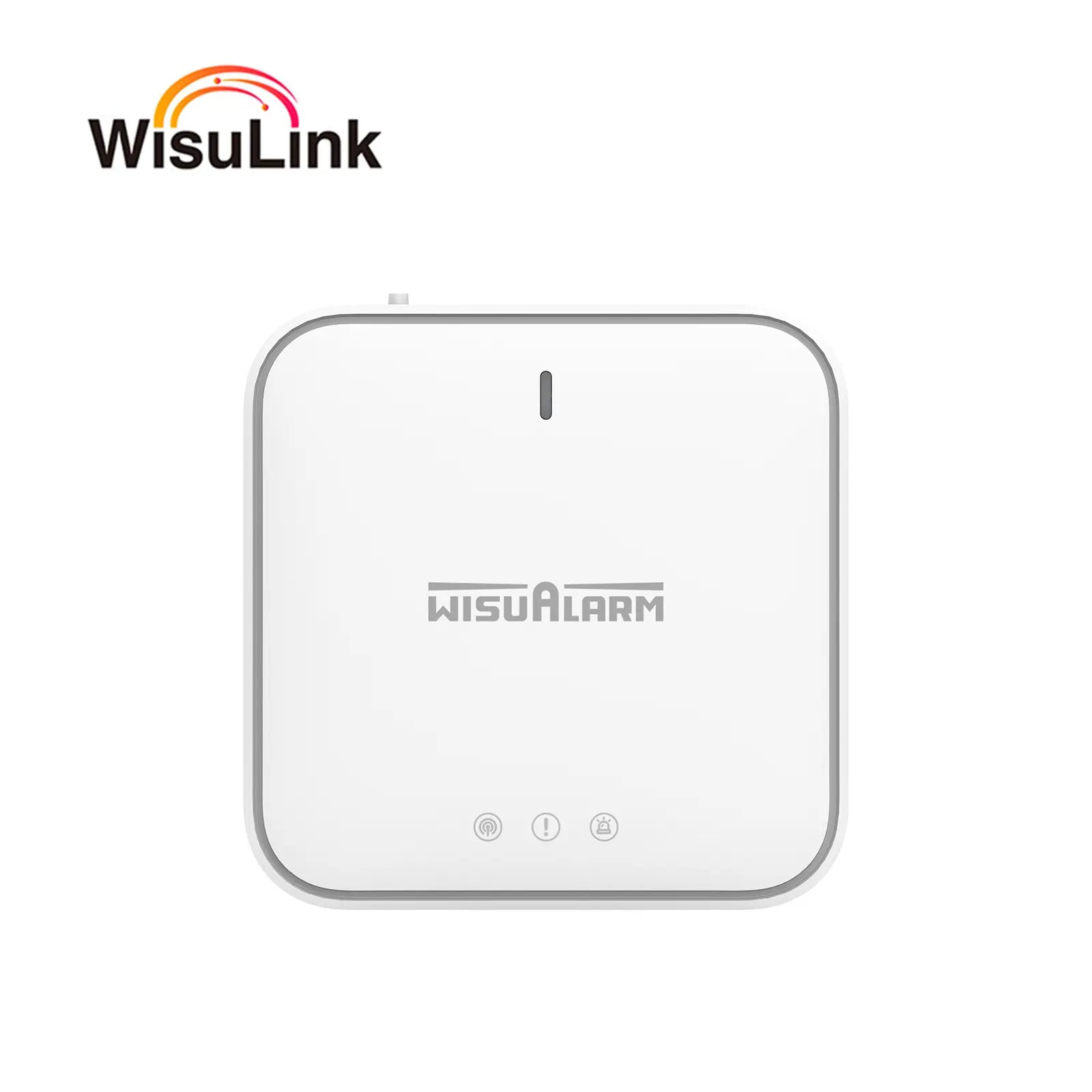
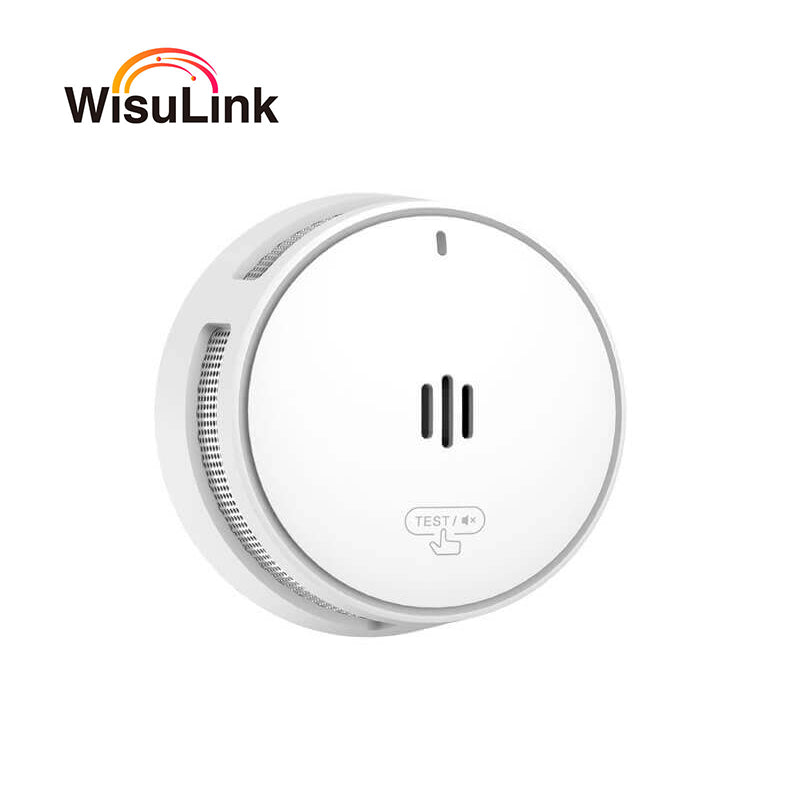
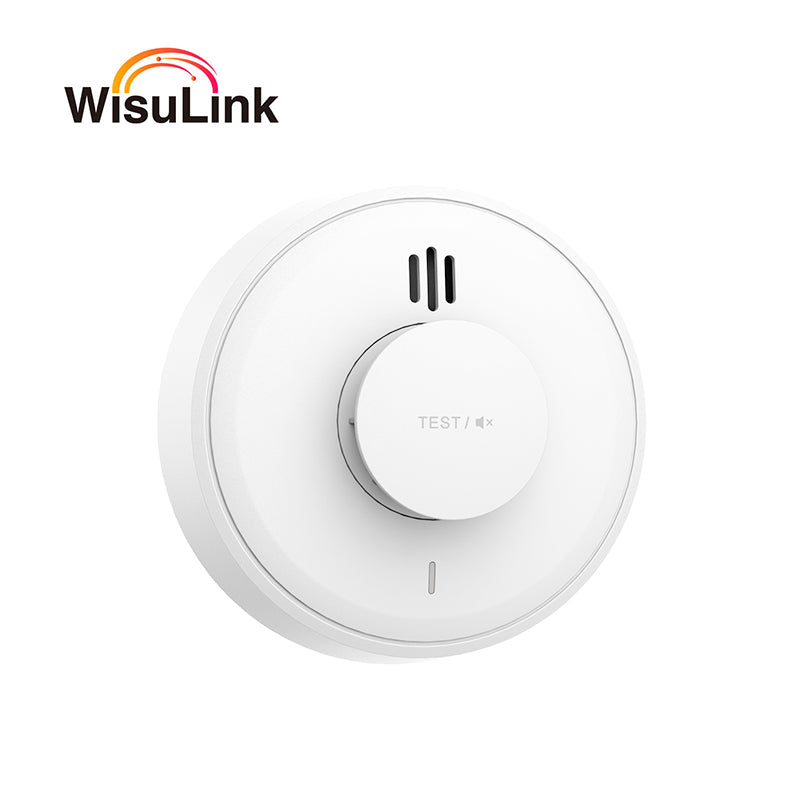


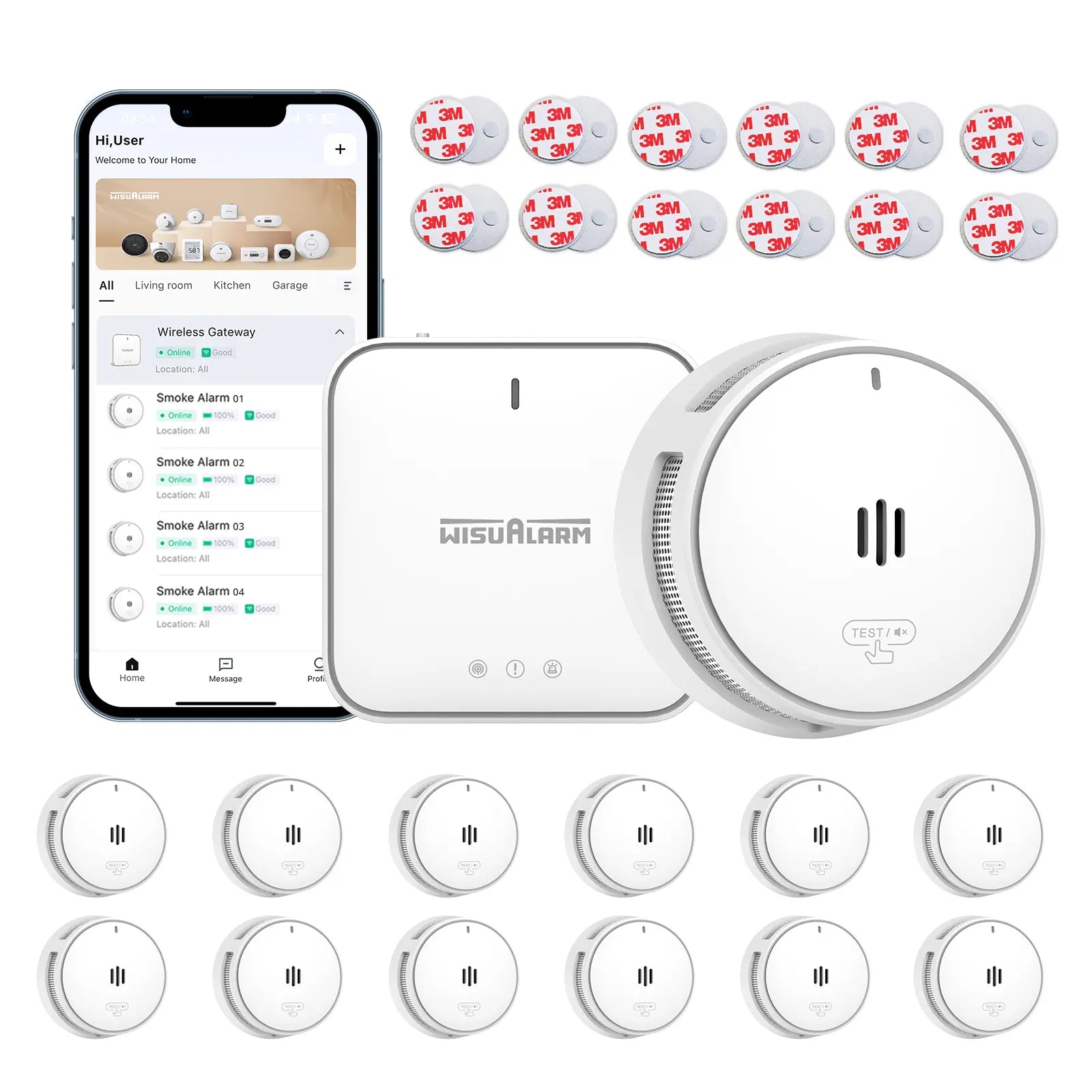




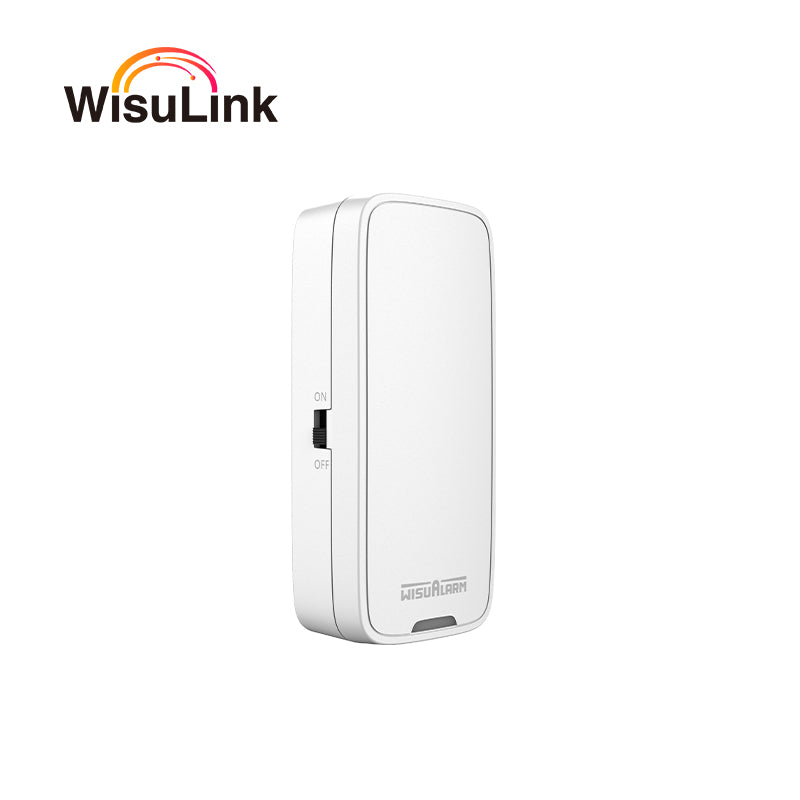









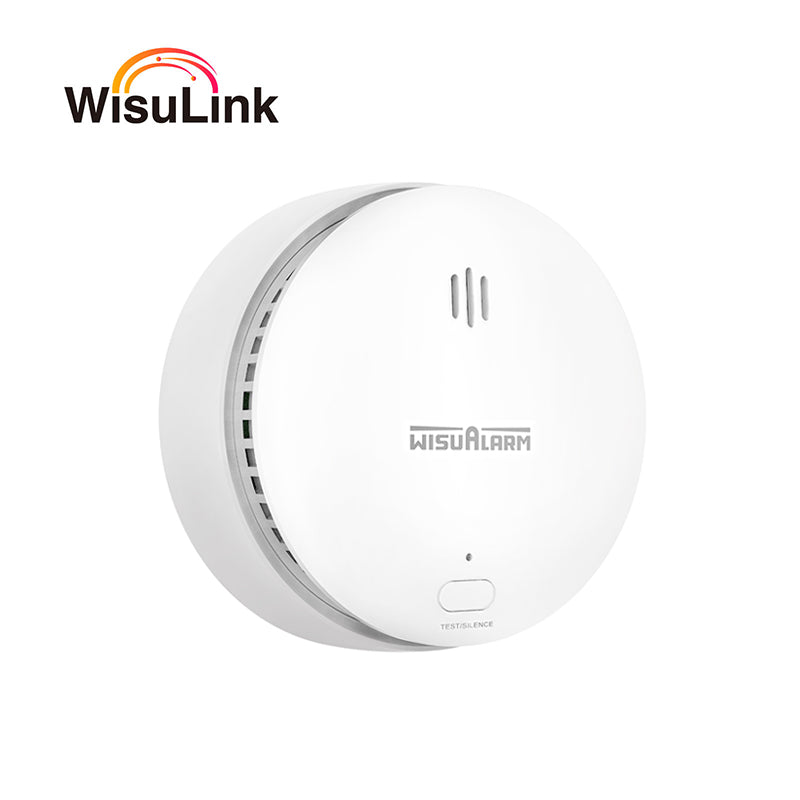
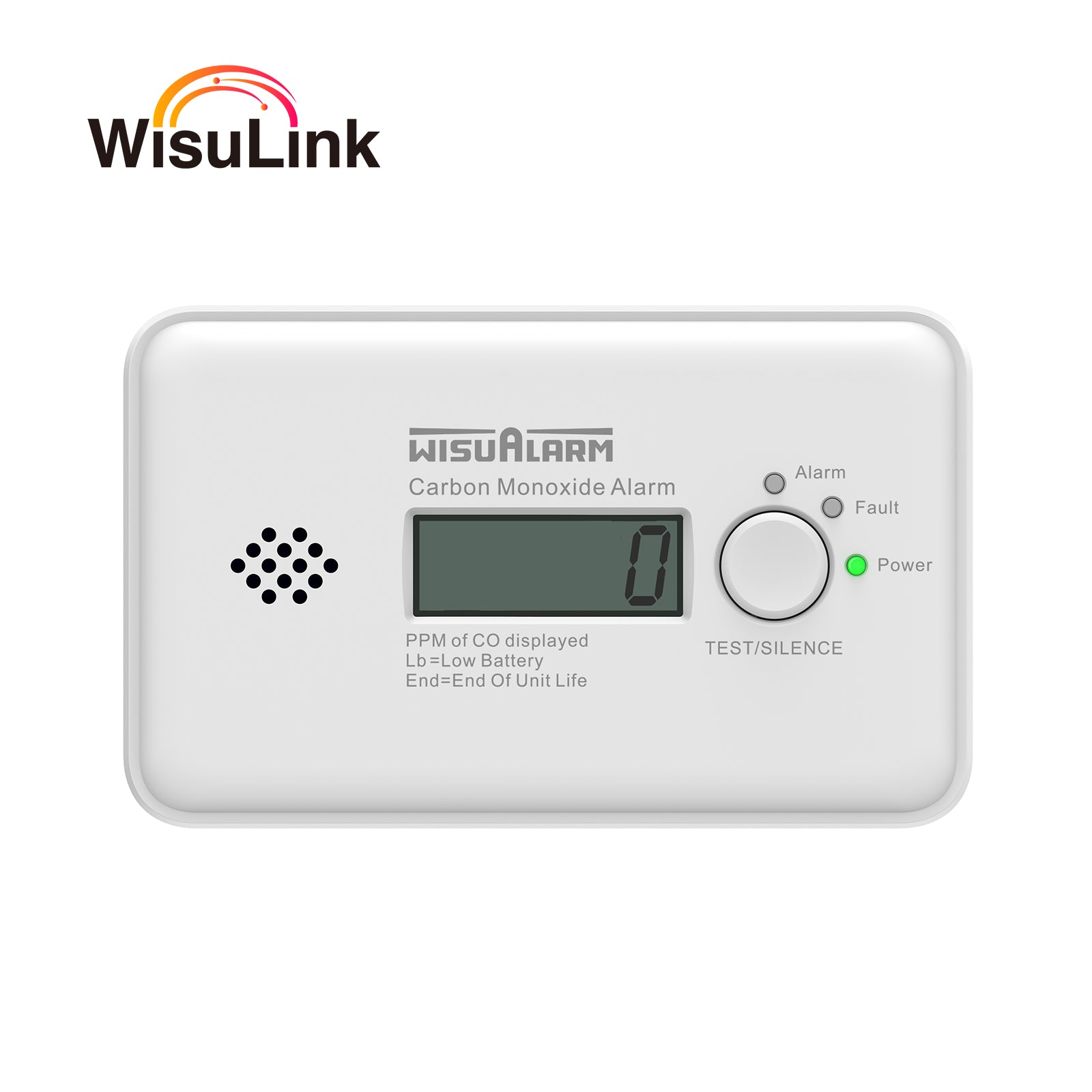
























Leave a comment